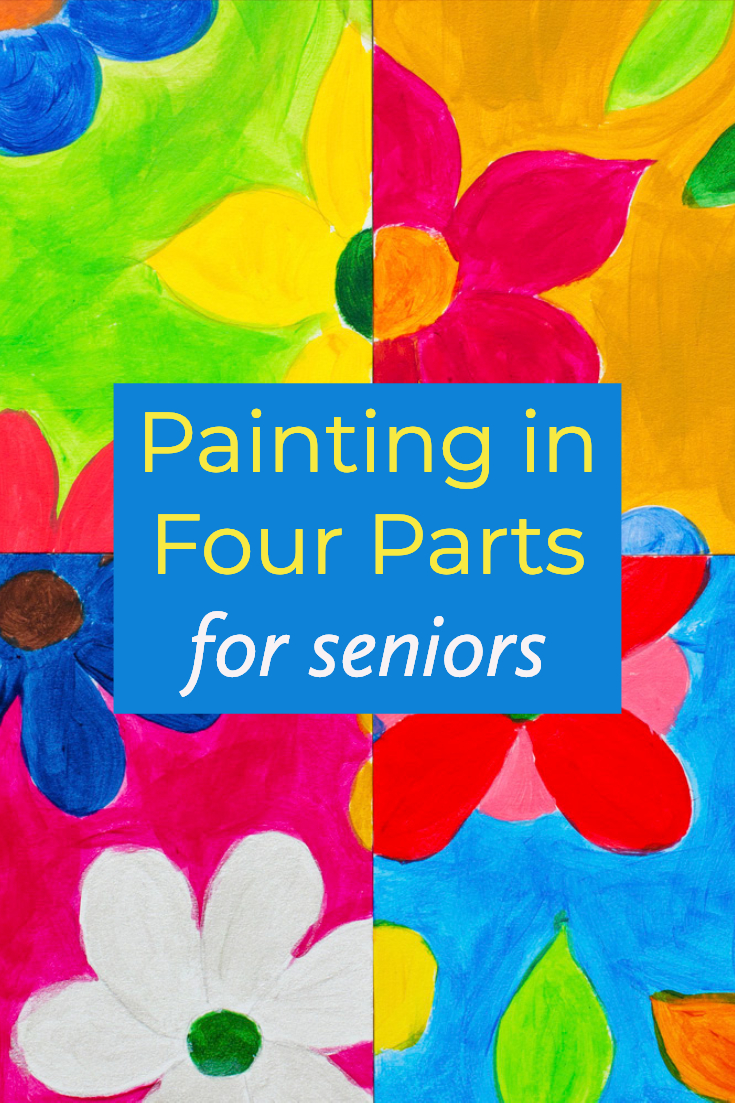Watch the Video for Step-by-step Instructions.
The finished painting project can be used as artwork or a jigsaw. Maria will show you an example; no matter how often you do this activity, every picture will be different. You can make it as intricate or simple as you wish.
Making jigsaws is good for both mind and body.
Working on jigsaw puzzles can improve both short-term memory and visual memory. It involves recalling shapes, colors, and overall images to piece the puzzle together.
Seniors develop critical thinking and problem-solving skills by figuring out how pieces fit together, which pieces are needed next, and the overall strategy for completing the puzzle.
Puzzles require spatial awareness and the ability to visualize the final image, which can enhance visual-spatial reasoning skills.
Handling puzzle pieces can improve fine motor skills and hand-eye coordination, which are crucial for daily activities.
Make it a social activity, and do puzzles with family and friends. Puzzling is a good way to create interaction between children and grandparents or other older adults.
Completing a puzzle gives a sense of achievement and boosts self-esteem, which can be particularly beneficial for seniors who may struggle with feelings of low self-worth.
For more craft and painting projects, click here.
If you would like to visit us on YouTube, click here.







JanetR says:
Do you have templates for the pages? Thanks.
Oh sorry, my error. I should’ve watched the video first! Fun art project…
Cath05 says:
This is fun!
Chaitasi Barai says:
I am very happy and thankful for all these activities.
Ramiro Mcmullins says:
Good day! I could have sworn I’ve been to your blog before but after looking at a few of the posts I realized it’s new to me. Regardless, I’m certainly delighted I stumbled upon it and I’ll be bookmarking it and checking back often!